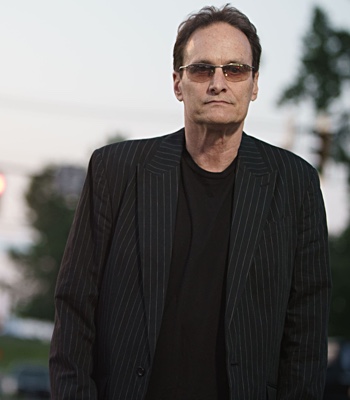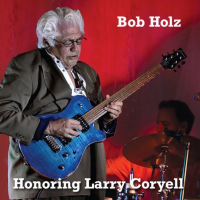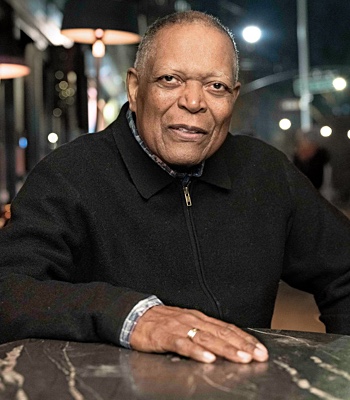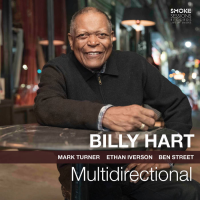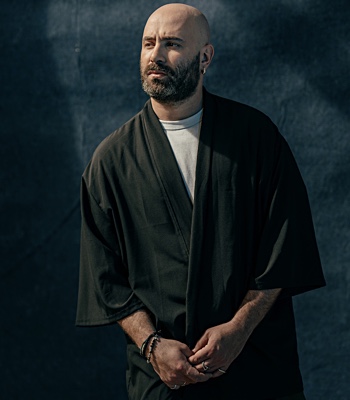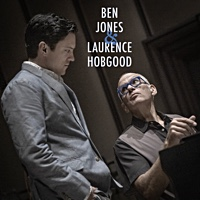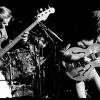Home » Jazz Articles » Thelonious Monk
Jazz Articles about Thelonious Monk
The Loneliest Monk

by Jeff Fitzgerald, Genius
This article was first published in August 2005. This is an apocryphal story. During Bill Clinton's first presidential campaign, he was doing an interview with supposed intellectual, Tabitha Soren of MTV. Soren asked him if there was anything he dreamt of doing. Clinton replied that he had always wanted to play sax with Thelonious Monk. Soren screwed on her best smart-girl face and replied, “And who was the loneliest monk?" At the current rate of production, ...
Continue ReadingGiorgio Rimondi: Nerosubianco

by Angelo Leonardi
Nerosubianco Giorgio Rimondi 143 Pagine ISBN: 978-8862317689 Arcana 2015 L'analisi sulla capacità del medium fotografico di “rappresentare" la realtà e influire sulla sfera personale e sociale ha registrato i contributi -anche molto diversi ma tutti importanti -di Walter Benjamin, Roland Barthes, Marshall McLuhan, Jean Baudrillard e Susan Sontag. Il nuovo libro di Giorgio Rimondi Nerosubianco -Fenomenologia dell'immaginario jazzistico costruisce un'affascinante narrazione a partire da alcune fotografie che hanno come oggetto protagonisti ...
Continue ReadingThelonious Monk

by Chris M. Slawecki
Thelonious Sphere Monk is one of the true great jazz originals. Monk's family moved from North Carolina to New York City while he was still an infant. He began piano lessons around age 12, playing Harlem rent parties then graduating to Harlem clubs such as Minton's Playhouse. Monk often played with Dizzy Gillespie and Coleman Hawkins through the early 1940s. As Minton's house pianist, Monk was entrenched as THE bebop pianist: At Minton's, with Gillespie, Charlie ...
Continue ReadingThelonious Monk: Genius of Modern Music, Volume 1 – Blue Note 1510

by Marc Davis
There's bebop, there's hard bop--and then there's Thelonious Monk. It's not hard to imagine where the bebop pioneers found their new sound in the late 1940s, after World War II. It emerged from the big bands, which were dying. It was a natural progression. Hard-charging, uber-fast soloists pushed the limits of speed and rhythm, to the chagrin of the jazz establishment, but to the thrill of listeners. It was new, but it wasn't a giant leap--more of an ...
Continue ReadingKissing Cousins: Jazz + poetry = jazz poetry

by Jeff Winke
Believe it or not there have been times when jazz and poetry intertwine. The music inspires the poetry and creates a non-mainstream style of writing... jazz poetry. Innovations in music and poetics in the early part of the 20th century surfaced in the 1920's. The simultaneous evolution of poetry and jazz music was not lost upon musicians and writers of the time. The two art forms merge and form the genre of jazz poetry. However, note that there's ...
Continue ReadingThelonious Monk: Newport '59

by Mark Corroto
Only with hindsight can it be ascertained that 1959 marked the pinnacle of jazz music as a cultural force in the United States. In 1959, the Mount Rushmore presidents of jazz were recording their definitive statements: John Coltrane's Giant Steps (Atlantic, 1960), Dave Brubeck's Time Out (Columbia, 1959), Charles Mingus' Ah Um (Columbia, 1959), Miles Davis' Kind Of Blue (Columbia, 1959) and Ornette Coleman's The Shape Of Jazz To Come (Atlantic, 1959).That year also signaled the upcoming split ...
Continue ReadingThelonious Monk: The Definitive Thelonious Monk on Prestige and Riverside

by Kevin Davis
One fundamental paradox of compilation albums is the way so many good ones ultimately render themselves useless. Consider how many hits packages sit untouched on the shelves of aficionados, doomed to a lifetime of neglect simply for having the gall to work efficiently as the conversion tools they were intended to be. Consequently, a great compilation requires a functionality beyond simply being a commercially-endorsed mix CD. The Definitive Thelonious Monk on Prestige and Riverside spans the great pianist/composer's most revered ...
Continue Reading
